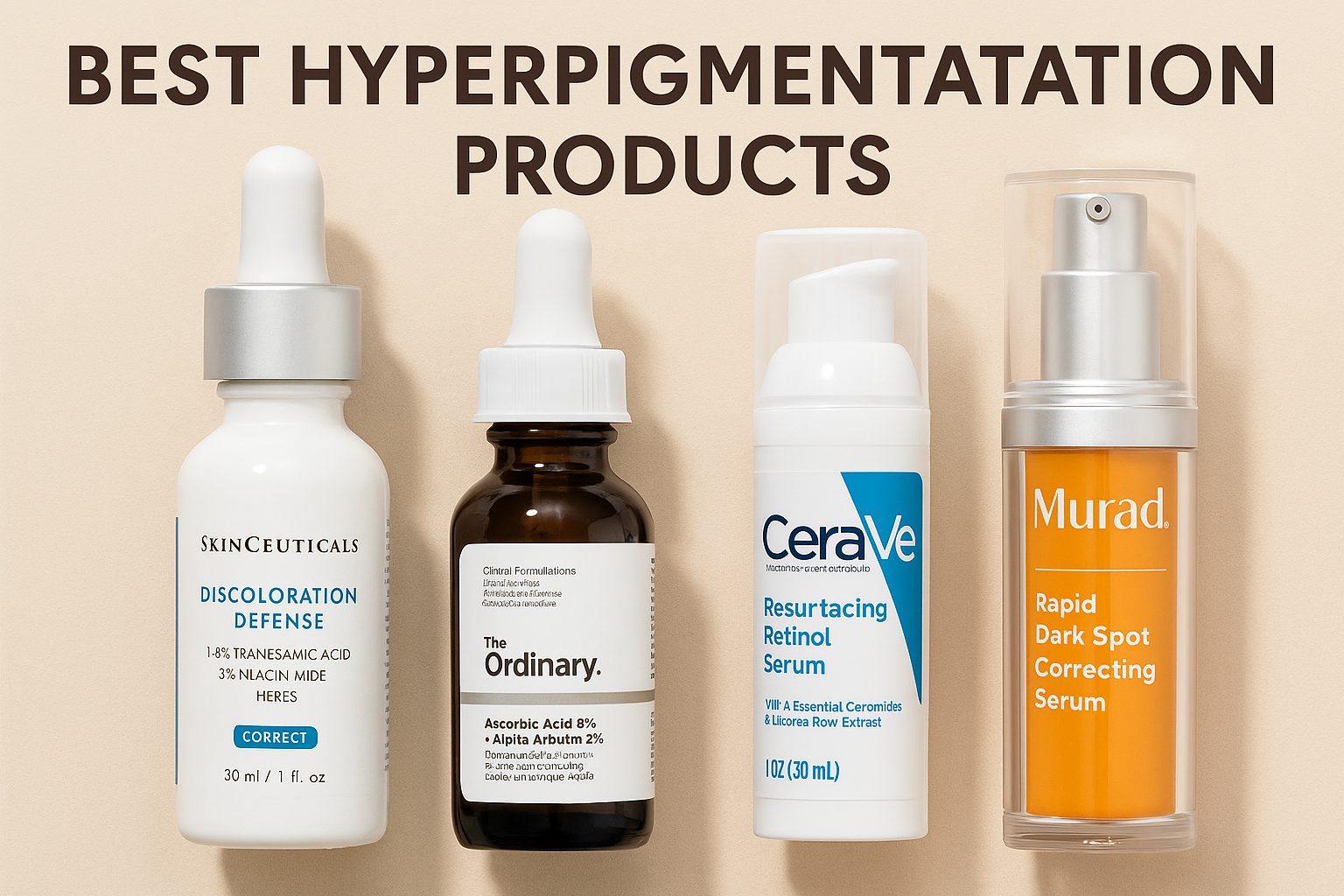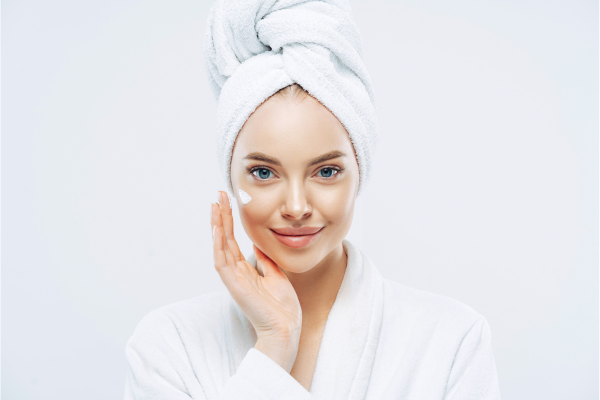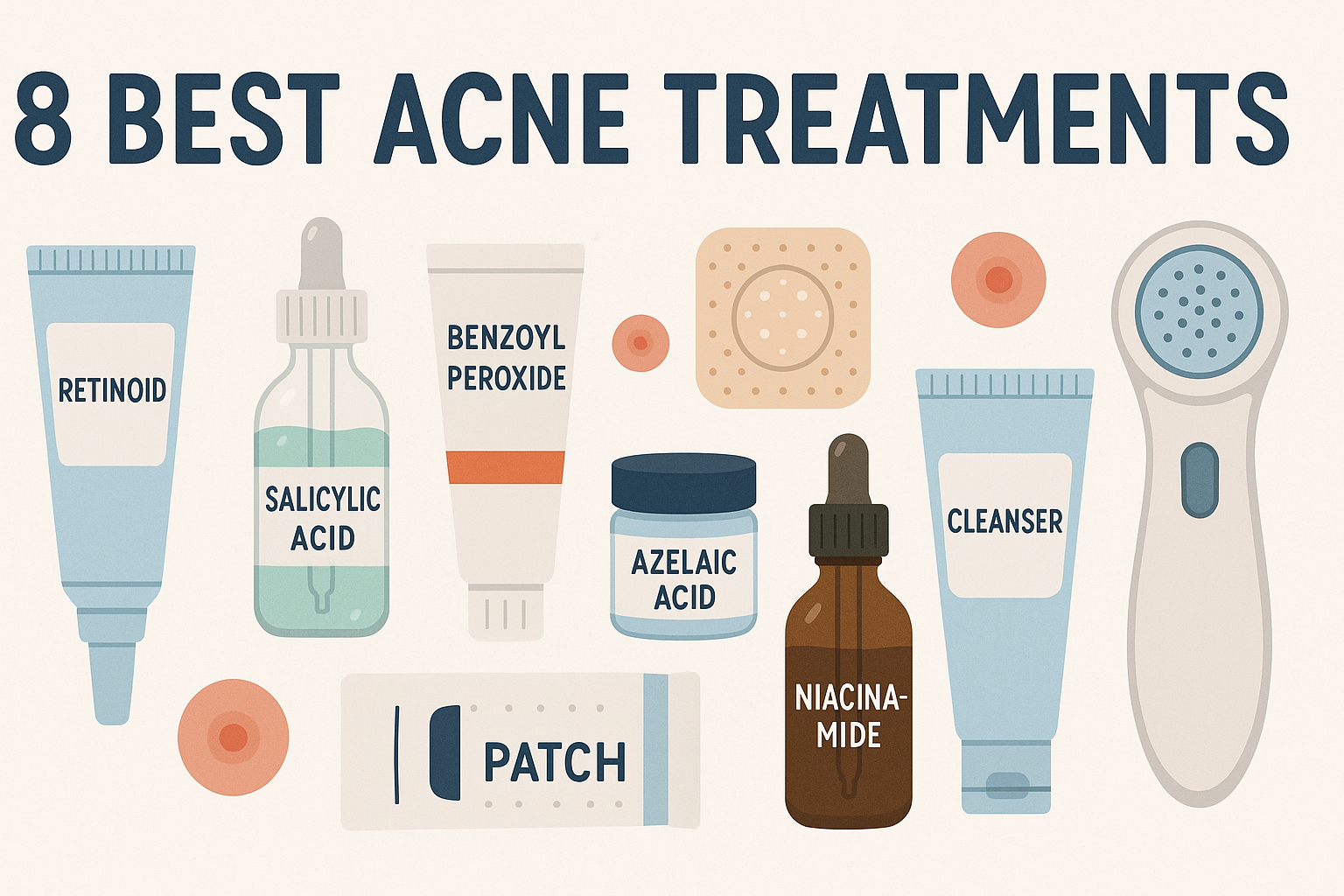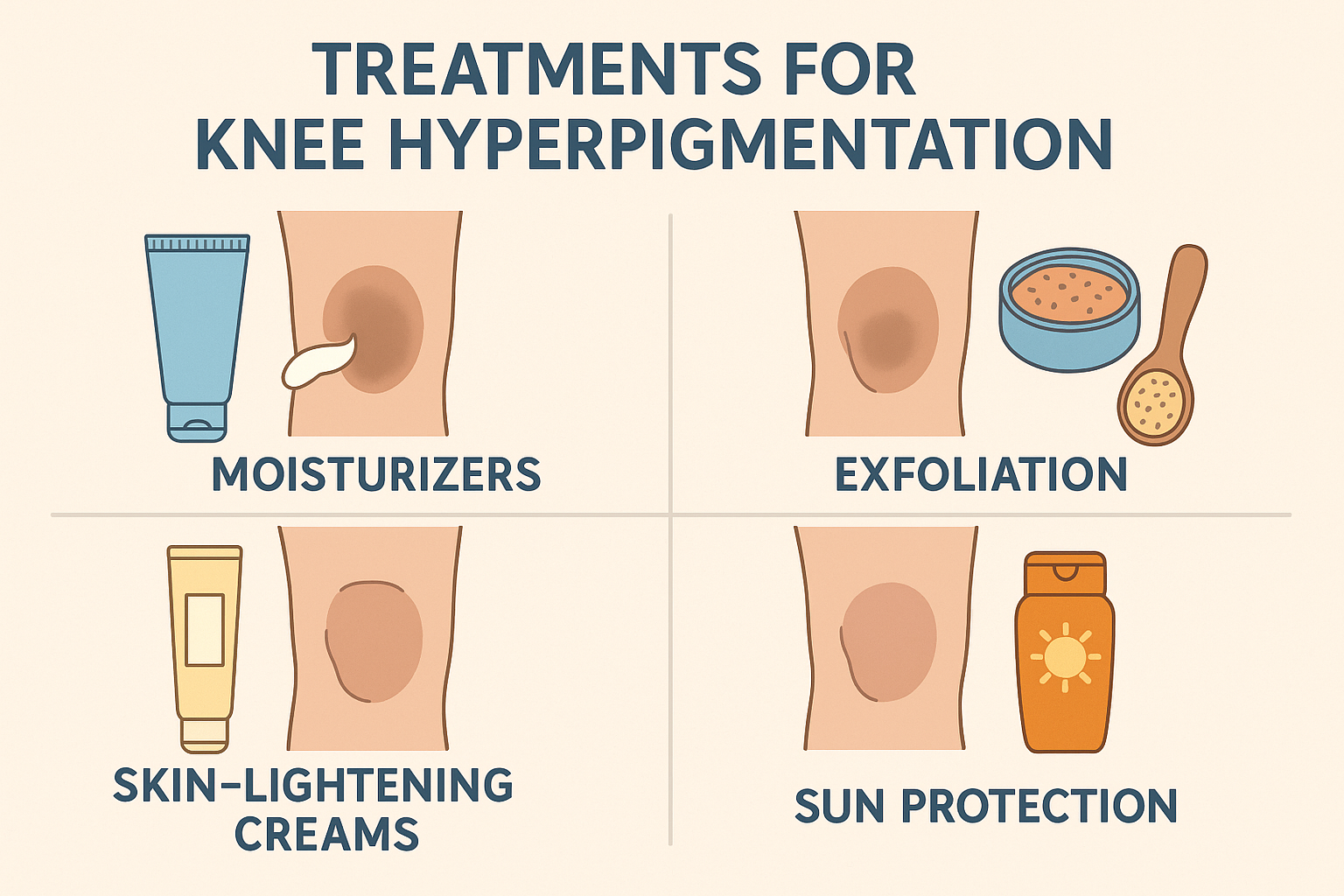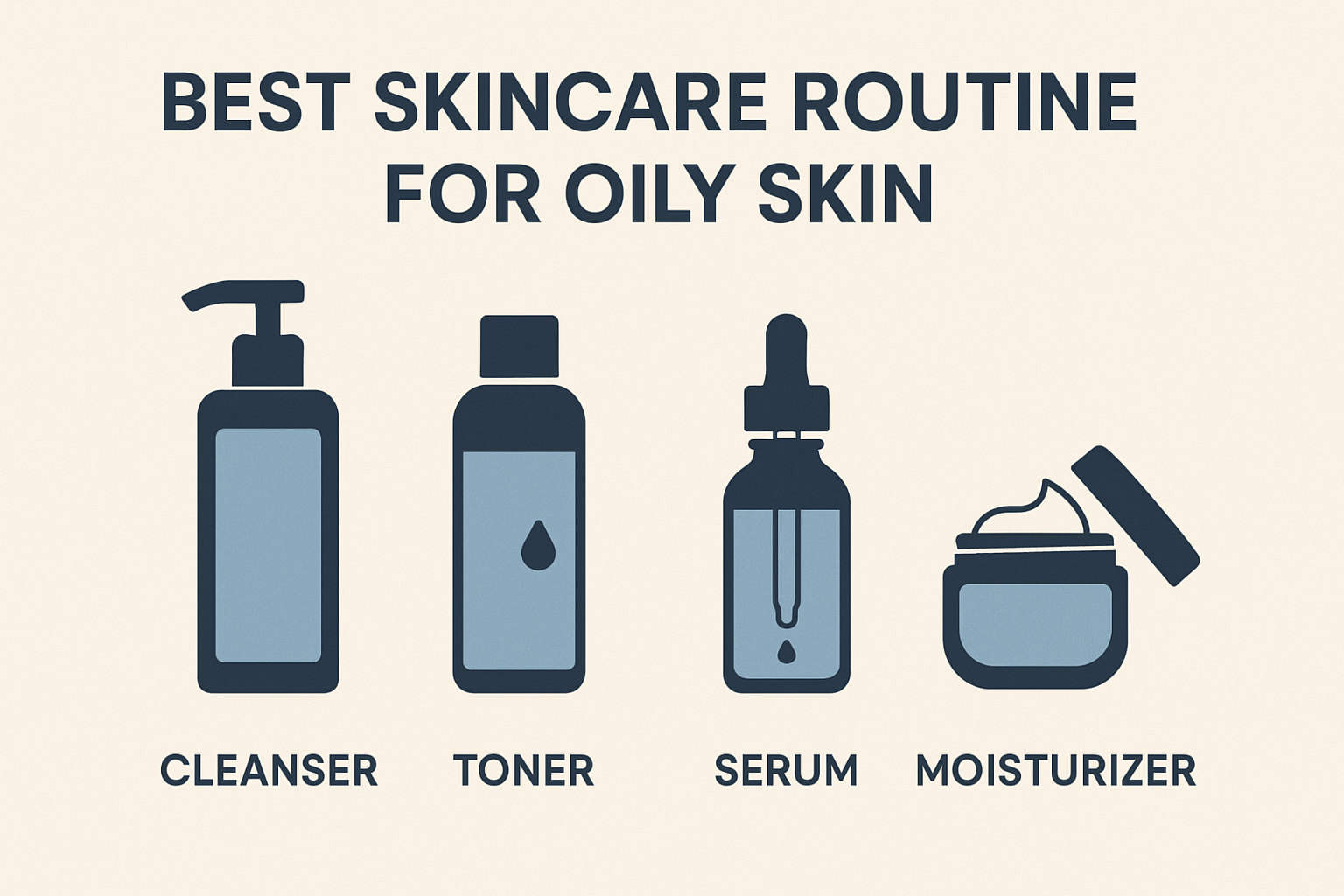Reveal Glowing Skin: The Correct Way to Exfoliate
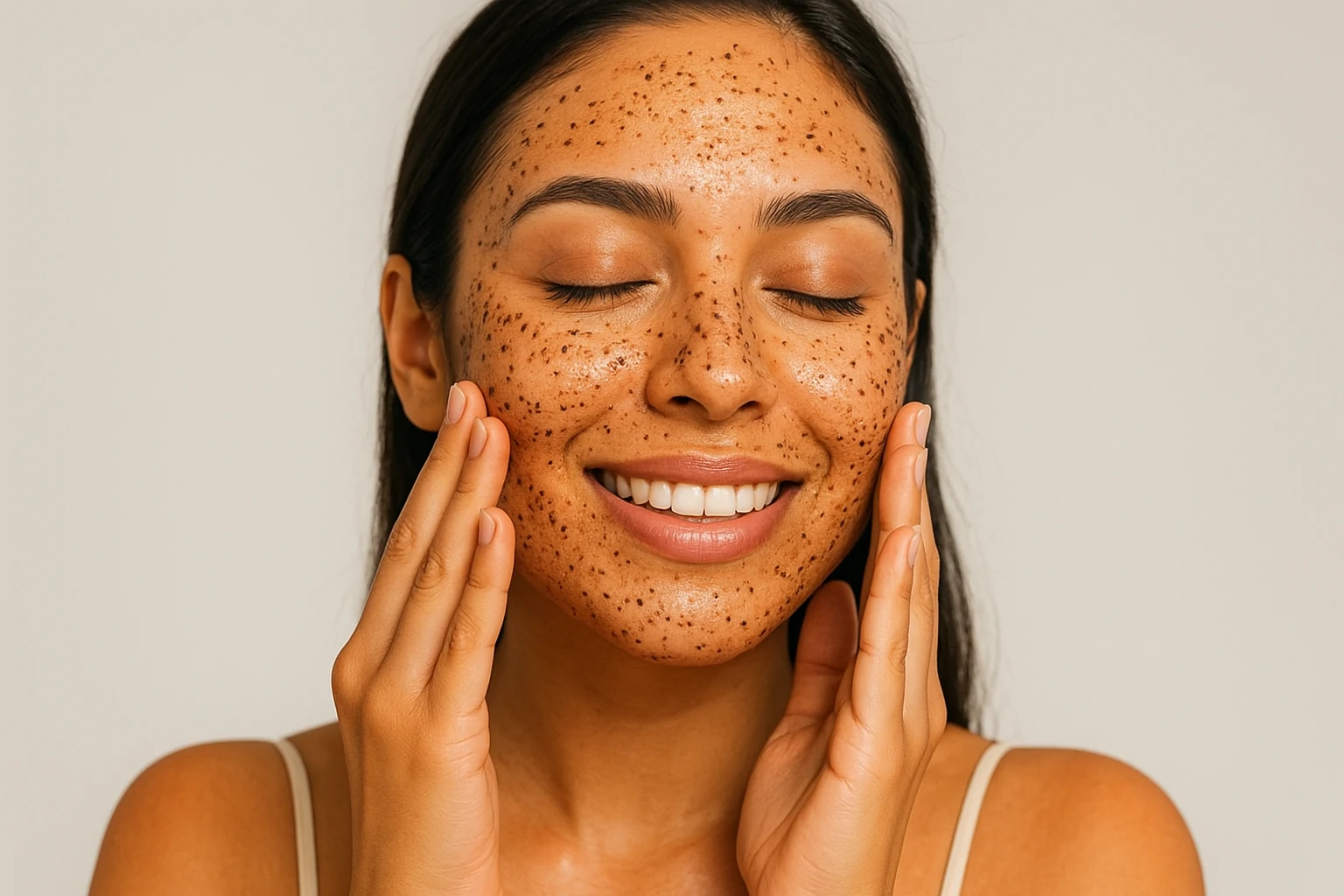
Achieving healthy, radiant skin goes beyond just cleansing and moisturizing. One often overlooked step in skincare routines is exfoliation. Many people worry that exfoliating might damage their skin barrier—but when done correctly, it’s a powerful tool to refresh skin, reduce dullness, and boost natural glow.
Exfoliation comes in two main types:
- Physical exfoliation uses fine granules like sugar, salt, or microbeads to remove dead skin cells from the surface.
- Chemical exfoliation employs acids such as AHA (alpha-hydroxy acids) or BHA (beta-hydroxy acids) to deeply cleanse pores and eliminate excess oil.
Dermatologists suggest that combining both types, adjusted to your skin type, delivers the best results. Proper exfoliation encourages cell turnover, leaving your face and body smoother, brighter, and healthier. In the sections below, we’ll share expert tips on exfoliating safely and effectively, so your skin achieves its full glowing potential.
Why Exfoliation Is Essential for Healthy Skin
Exfoliation isn’t just cosmetic—it’s essential for maintaining healthy skin. Every day, your skin regenerates: new cells form at the lower layers, while old cells die on the surface. If dead cells aren’t removed, your skin can look dull and feel rough.
“Daily skin turnover is natural, but exfoliation ensures dead cells are fully removed,” explains Rachael Burns, physician assistant. Removing these cells also prevents clogged pores, which are a common cause of breakouts and excess oil.
Exfoliating regularly allows your other skincare products—like serums and moisturizers—to penetrate more effectively. Without a clean surface, active ingredients can’t reach deeper layers, reducing their benefits. Proper exfoliation helps your skin absorb nutrients better, leaving it healthier, smoother, and more radiant.
For skincare beginners, understanding why exfoliation matters helps make it a consistent habit that enhances overall skin health.
Key Benefits of Exfoliating for Skin Health
Exfoliation offers multiple benefits that improve both skin health and appearance. According to dermatologist Dr. Michelle Henry, it stimulates collagen production, which enhances skin elasticity and keeps it looking youthful and firm.
Christine McMackin, nurse practitioner, adds that exfoliating removes the layer of dead skin covering healthy cells beneath, resulting in smoother, more even skin. It also helps prevent breakouts and clogged pores by clearing trapped oil and impurities.
Another benefit is a natural, radiant glow. By revealing fresh skin underneath, regular exfoliation brightens your complexion and improves texture. The right method depends on your skin type—some may prefer chemical exfoliation with AHA/BHA, while others benefit more from gentle physical scrubs. Listening to your skin’s response ensures optimal results.
How to Exfoliate Safely Without Damaging Your Skin
Exfoliation provides great results, but it must be done carefully. Using the wrong products or techniques can cause micro-tears in your skin, leading to irritation, clogged pores, broken capillaries, or even scars.
Christine McMackin, nurse practitioner, advises a safe approach:
- Choose products for your skin type: AHA/BHA for oily skin, gentle scrubs for normal to dry skin.
- Follow recommended frequency and amount: Over-exfoliating can weaken the skin barrier.
- Use gentle motions: Avoid harsh scrubbing that can damage skin.
By following these steps, you can enjoy exfoliation benefits—smoother, brighter, and healthier skin—without risking irritation. Proper exfoliation protects your skin barrier while maximizing glow and texture, making it a crucial step in any beginner-friendly skincare routine.
How Often Should You Exfoliate for Best Results
For skincare beginners, exfoliation should start gently and gradually. Dr. Michele Farber, dermatologist, recommends using a mild exfoliant 1–2 times per week. As your skin adapts, the frequency can increase—even daily—if your skin remains healthy and irritation-free.
Dr. Farber advises sticking to one exfoliating product per day. Once tolerance improves, combining physical and chemical exfoliants is possible, but always monitor your skin’s response. Consulting a dermatologist can help you choose the most suitable product for your skin type.
Over-exfoliating or using harsh products can lead to redness, peeling, irritation, dryness, or flaky skin, warns Rachael Burns. Duration also matters: chemical exfoliants should follow the instructions on the packaging, while physical scrubs are usually sufficient for 1–2 minutes.
By starting slowly and observing your skin, you can enjoy optimal benefits—brighter, smoother, and healthier skin—without damaging your skin barrier.
The Best Tools for Exfoliation at Home
Exfoliating doesn’t always require expensive products. Rachael Burns suggests natural home ingredients like coconut oil with coffee grounds or sugar as effective scrubs. Simply mix to the right consistency, massage onto skin in circular motions, rinse, and follow with moisturizer. Oatmeal and baking powder are also gentle options for both face and body.
For physical exfoliation tools:
- Washcloths: Soft or slightly textured, suitable for face and body.
- Dry brushes: E.g., Joanna Vargas Ritual Brush, enhances circulation while removing dead cells.
- Exfoliating gloves: Practical for body scrubbing with circular motions.
Chemical exfoliants like AHA or BHA don’t require tools. Apply on clean, dry skin, rinse with warm water, and follow instructions carefully. With the right tools and methods, exfoliation is safe, effective, and supports radiant, healthy skin.
How to Exfoliate the Face Safely
Neglecting facial exfoliation can lead to dull, uneven skin, making makeup application and skincare absorption less effective. Experts suggest:
Choose the right product: Dr. Michele Farber recommends gentle exfoliants for sensitive skin, like low-concentration AHA/BHA or chemical pads. Christine McMackin notes that face and neck require different products than the body.
Apply correctly: Massage a small amount in gentle circular motions. Physical scrubs should rinse after 1–2 minutes; chemical peels must follow instructions to avoid redness.
Timing matters: Morning exfoliation removes overnight dead cells. Warm water opens pores, softening skin.
Lip care and moisturizer: A sugar-water scrub softens chapped lips; finish with a moisturizer like Vaseline or Aquaphor to maintain hydration.
Proper facial exfoliation improves texture, glow, and product absorption, making your skin healthier and more radiant.
How to Physically Exfoliate the Face Effectively
Face scrubs can seem intimidating, but modern formulas remove dead skin gently when used correctly. Christine McMackin, nurse practitioner, explains a safe method:
- Cleanse first: Use a gentle cleanser with lukewarm water to open pores.
- Use a small amount: About a pea-sized portion, applied to forehead, cheeks, and chin.
- Massage gently: Circular motions lift dead cells without damaging skin.
- Rinse thoroughly: After 30 seconds, wash off completely with warm water.
- Moisturize: Physical scrubs can dry skin; follow with moisturizer or serum to maintain hydration and support skin health.
When done correctly, physical exfoliation leaves the skin smooth, refreshed, and ready to absorb skincare products for maximum benefit.
How to Physically Exfoliate the Body Safely
Exfoliating your body effectively requires proper technique. For most areas, a standard scrub is enough, but elbows, knees, and feet need extra attention because the skin is thicker. Christine McMackin notes that these areas can tolerate slightly firmer exfoliation without irritation.
Recommended tools and products include:
- Loofah or washcloths: Gently remove dead skin evenly.
- Coarser scrubs: Products like Sol de Janeiro’s Bum Bum Body Scrub or Nopalera’s Cactus Flower Exfoliant work well on tougher areas.
Warm water is essential, as it softens skin, helps remove dead cells, and reduces micro-tears. After exfoliating, rinse thoroughly and apply a body moisturizer to restore hydration.
With proper technique, physical body exfoliation leaves skin smooth, radiant, and healthy from head to toe, supporting overall skin texture and glow.
Exfoliating for Different Skin Types: Dry, Oily, Combination & Sensitive
Exfoliation isn’t one-size-fits-all. Each skin type has unique needs, so choosing the right product and technique is crucial.
- Dry Skin: Gentle chemical exfoliants with low-concentration AHA or mild physical scrubs 1–2 times per week. Always follow with a hydrating moisturizer rich in humectants.
- Oily Skin: BHA-based chemical exfoliants help clear excess oil and prevent breakouts. Light physical scrubs are fine; avoid harsh grains.
- Combination Skin: Target different areas separately—T-zone with BHA for oil control, cheeks with gentle AHA or mild scrubs.
- Sensitive Skin: Use light chemical or enzymatic peels, avoid rough scrubs, perform a patch test, and limit to once per week.
Adapting exfoliation to your skin type ensures optimal results, preventing irritation while maintaining radiant, healthy skin.
What to Do After Exfoliation: Post‑Care Tips & Common Mistakes
Proper post-exfoliation care is essential to maintain skin health and glow. Dermatologists emphasize that aftercare prevents redness, dryness, and irritation.
Post-Care Tips:
- Moisturize: Exfoliated skin loses hydration quickly. Choose gentle, fragrance-free creams with humectants or ceramides.
- Sun Protection: Skin is more sensitive to UV. Apply SPF 30+ if going outdoors.
- Avoid Irritants: Skip retinol, additional acids, or physical scrubs on the same day.
- Stay Hydrated: Internal hydration supports skin moisture.
Common Mistakes:
- Rubbing too hard
- Over-exfoliating
- Skipping moisturizer or sunscreen
- Using the wrong products for your skin type
Following these guidelines ensures your skin looks brighter, smoother, and remains healthy and protected after every exfoliation session.

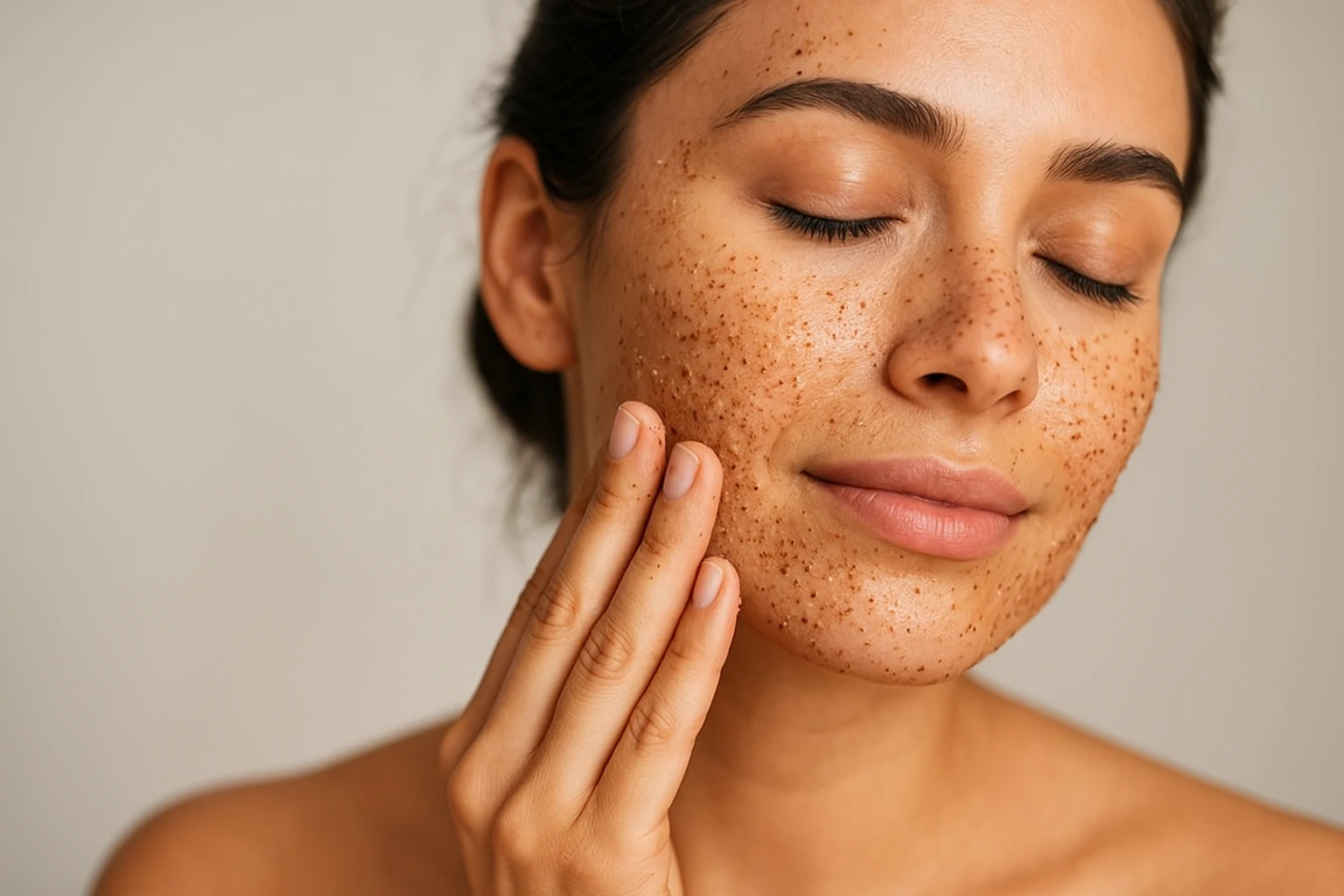
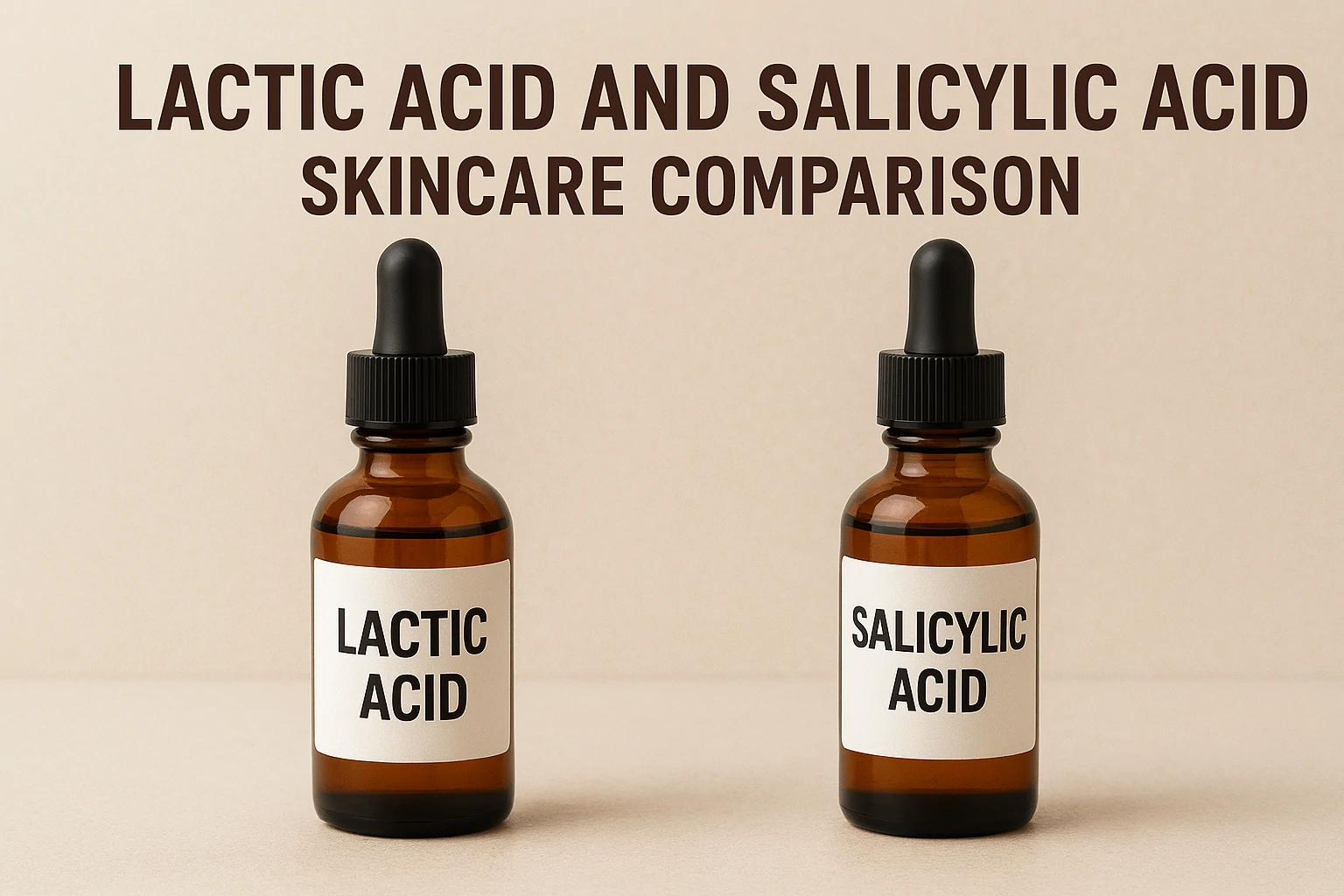

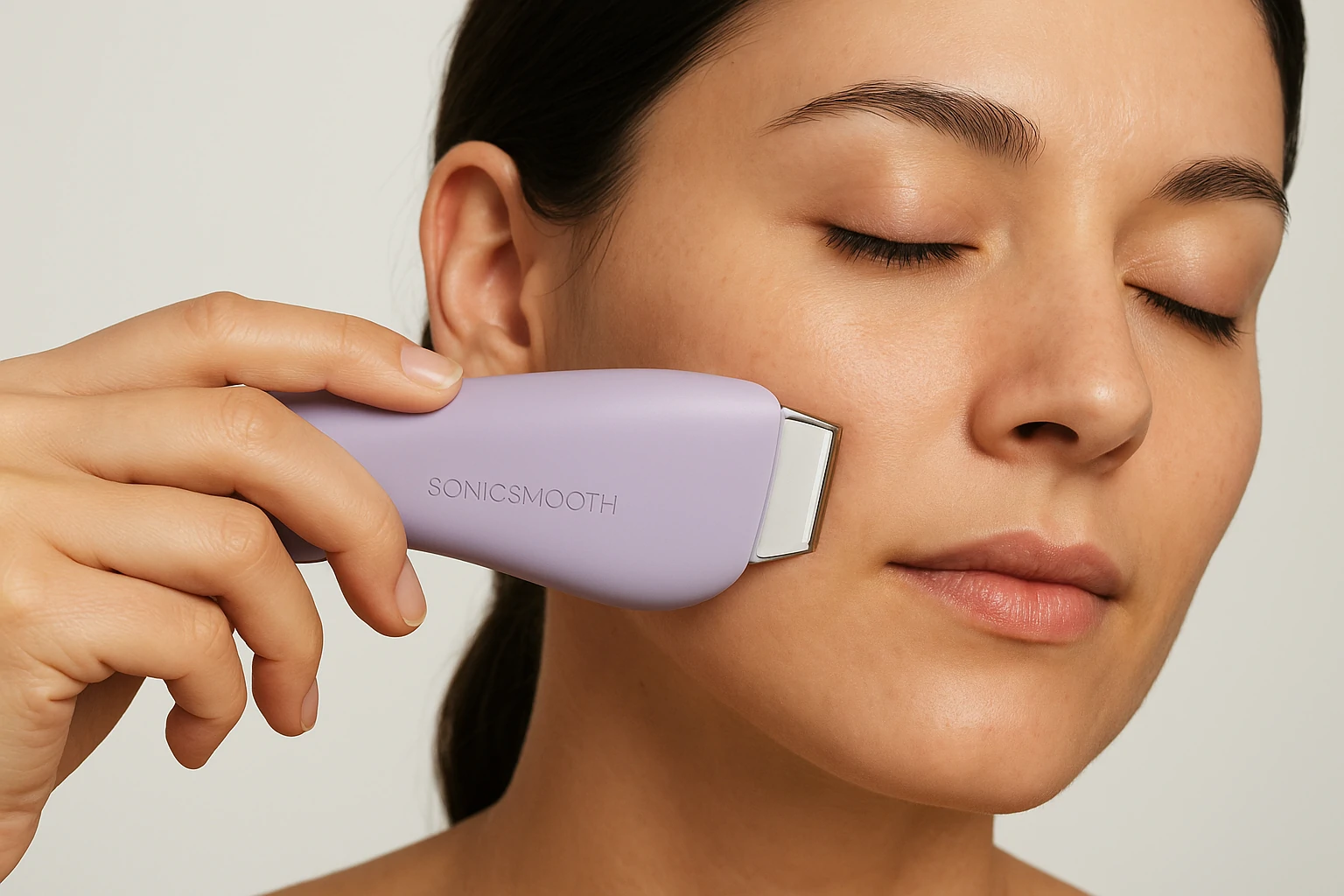
 Acne
Acne Anti-Aging
Anti-Aging Business
Business Digital Marketing
Digital Marketing Economics
Economics Exfoliation
Exfoliation Movies
Movies Personal Finance
Personal Finance Websites
Websites
